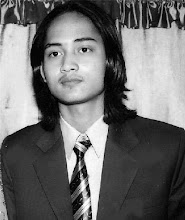TRAFFIC ENGINEERING-
Traffic Engineering is that phase of engineering which deals with the planning, geometric design and traffic operations of roads, streets, and highways, their networks, terminals, abutting lands and relationships with other modes of transportation for the achievement of safe, efficient, and convenient movement of persons and goods.
Traffic Engineering applies engineering principles to help solve transportation problems, and brings into play a knowledge of psychology and habits of users of the transportation systems.
The role of the traffic engineer may be compared to that of the medical profession in protecting the public. As a trained professional he/she looks at the symptoms, and in order to make a competent diagnosis she/he takes traffic counts, analyzes accident statistics, studies speed data, examines roadway conditions, conducts research, and studies what other professionals are doing and the results they have achieved.
Just as the doctor's decision is accepted in matters regarding health, even though the medicine may be bitter or the needle painful, so should the decision of the, professional traffic engineer be given the prime consideration.



